Every now and then, I find myself pondering a question: What happened to specialization? Not to be dramatic, but the relentless march toward diversification has turned once-proud brands into chaotic swap meets. Toothpaste companies now hawk granola bars, and tech giants dabble in yoga mats, crayons, and toddler sunglasses. Somewhere in this fever dream of "Why not?" the quiet art of doing one thing exceptionally well has been unceremoniously stuffed into a corner like last season’s trends.
“We know what we’re doing, and we do it better than anyone else.”
Marketing professor Leslie De Chernatony defines a successful brand as something recognizable, offering buyers unique and meaningful added value that best meets their needs. Translation? A brand is a promise. A bold declaration: “We know what we’re doing, and we do it better than anyone else.”
There’s something undeniably seductive about singular focus. Take Jiro Ono, the sushi god of Tokyo’s Ginza district. For decades, Jiro has been slicing fish and pressing rice with such transcendent skill that he turned raw fish into religion. His obsessive devotion to sushi has made him a living legend. Let’s be clear: opening a sushi-slash-pizza buffet wouldn’t have the same effect.
"Now, let’s talk about underwear."
Yes, underwear. The wardrobe’s unsung hero, the quiet confidant that cradles your deepest secrets. And yet, it’s so often treated as an afterthought. Hours are spent debating the merits of a jacket’s lapel or the perfect shade of lipstick, but the stitched scrap of fabric that literally hugs your most vulnerable self? Barely a passing thought. Perhaps it’s because no one sees it. But isn’t that precisely the point? If something is only for you, shouldn’t it be the very best?
According to the other danish guy™ founder Tommi Lähde when he started this company, he made a decision: to pour every ounce of energy into doing one thing well—underwear. No socks. No belts. No "trendy" sunglasses or perfumes with names that sound like a midlife crisis in a bottle. Just underwear. Quiet, unassuming art in fabric form. The first thing you put on in the morning, the last thing you take off at night. Of course, there were doubts. Isn’t it smarter to diversify? Could anyone possibly succeed by being so narrow-minded?
I was sceptic too, but then, after yanking at yet another pair of poorly made underpants for the tenth time that day, I had an epiphany. Mastery isn’t about doing everything; it’s about doing something so well it feels like a revelation. In a world addicted to mass production, there are still those who dare to care. A company that focuses on one thing spends more time perfecting every stitch, every seam, every fit. It’s not glamorous—it’s obsessive. It’s rejecting the easy road of "good enough" and choosing the arduous climb to perfection.
"This is what we do, and we do it damn well."
And yes, there’s a kind of rebellion in that. A quiet luxury in refusing to scatter yourself thin, in standing firm and saying, "This is what we do, and we do it damn well."
Think about it: If you’re wearing underwear that requires constant readjusting, what does that say about your priorities? Isn’t it time to demand more from the fabric closest to your skin? Maybe even expect it to support you—literally and metaphorically?
There’s a metaphor here, of course. This isn’t just about quality trumping quantity or rebelling against the tyranny of "yes." It’s about daring to choose depth over breadth. To resist the temptation to be everything, and instead, to be extraordinary at one thing.
So, next time you’re tempted by a brand selling sneakers and scented candles, ask yourself: Are they truly good at anything? Or are they just shouting into the void, hoping you’ll mistake noise for substance?
Good enough is a lie we tell ourselves when we’ve given up on greatness. Don’t settle. Especially not for what matters most.





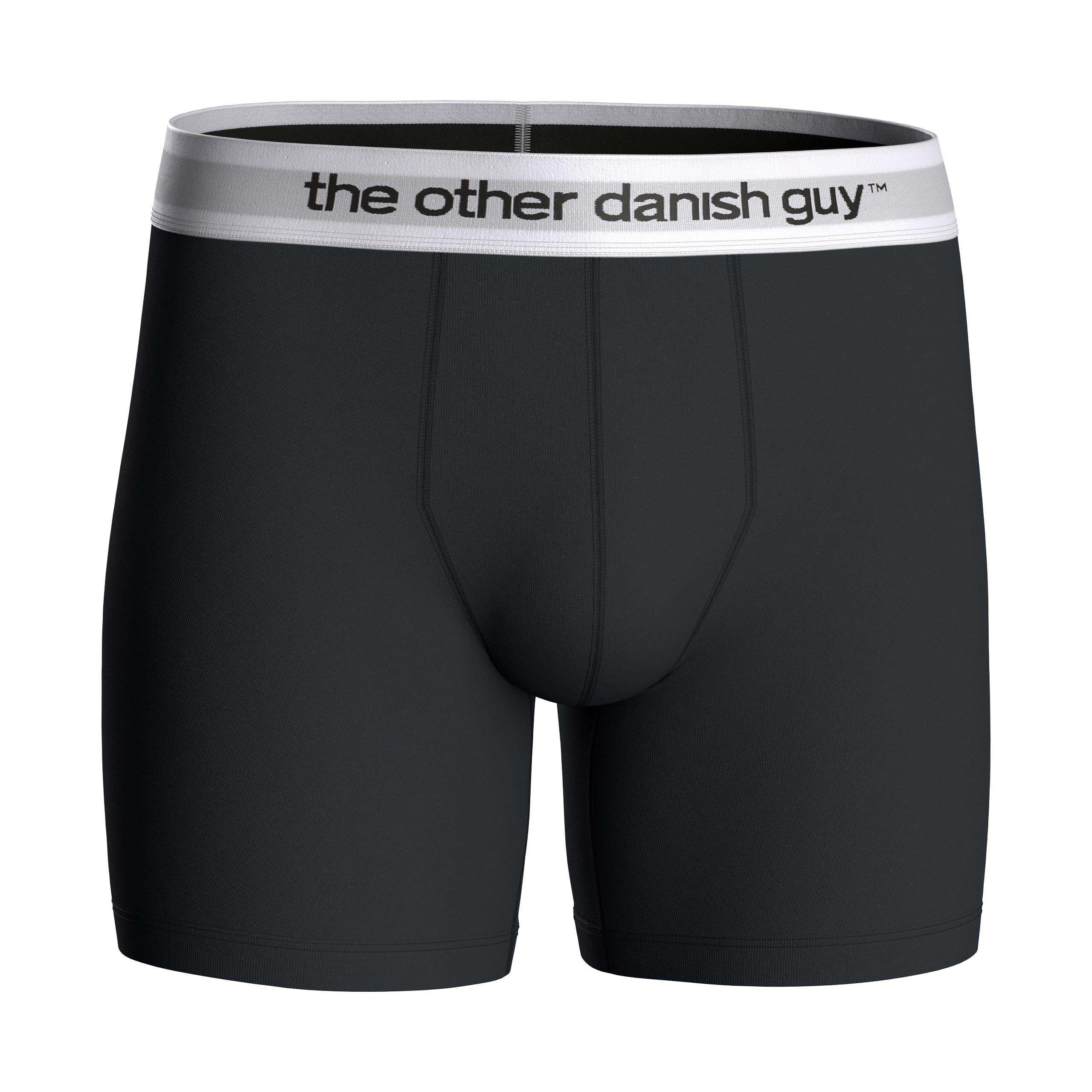
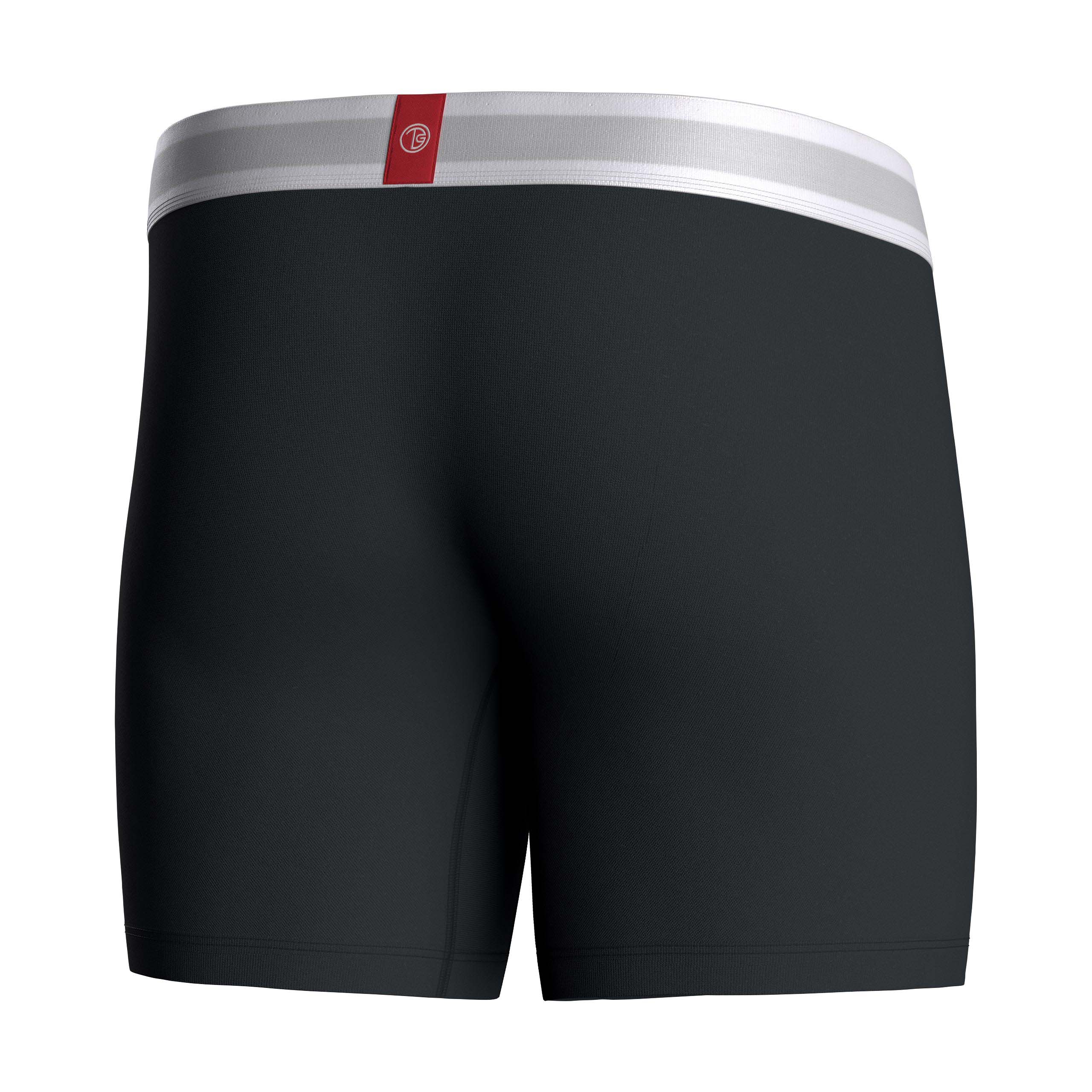
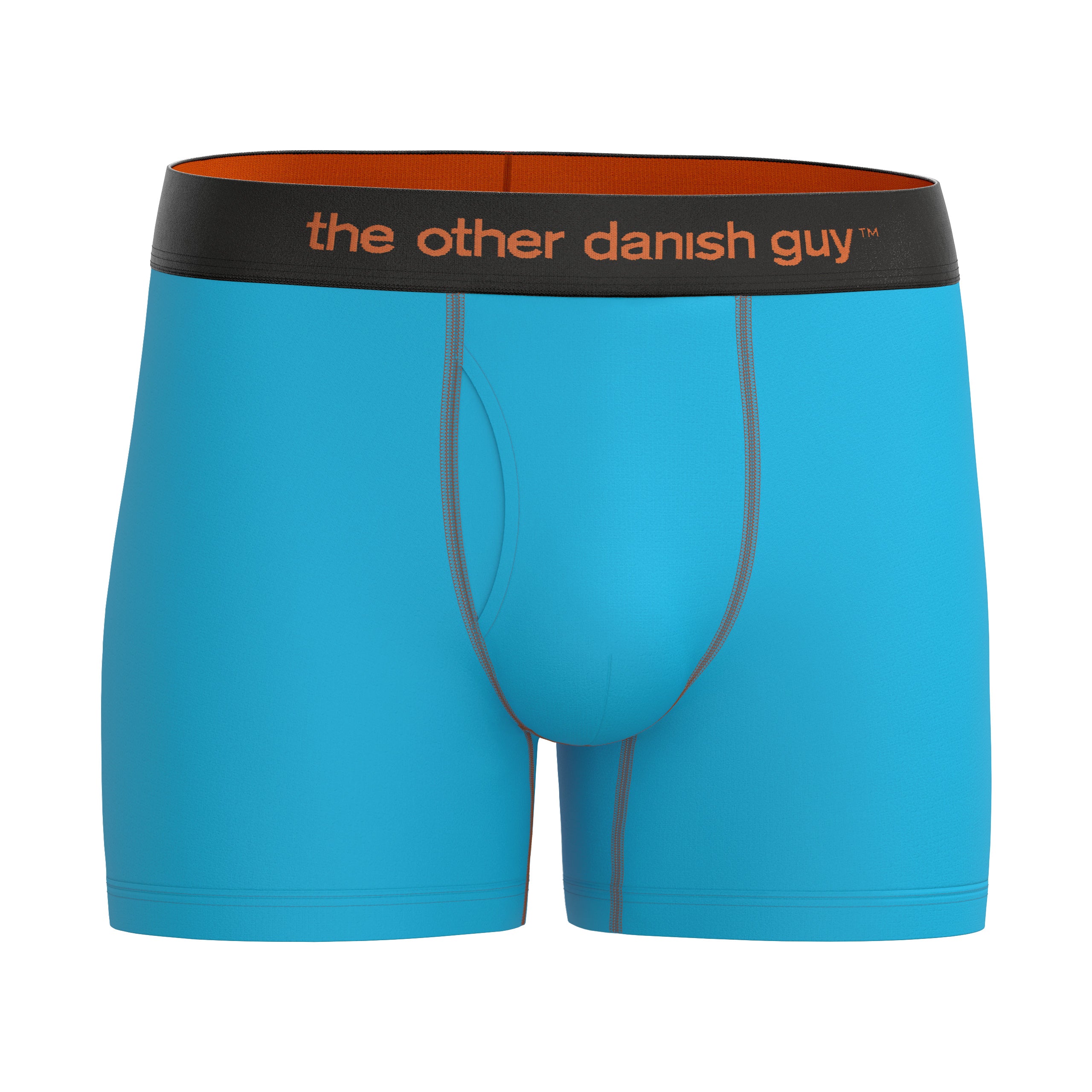
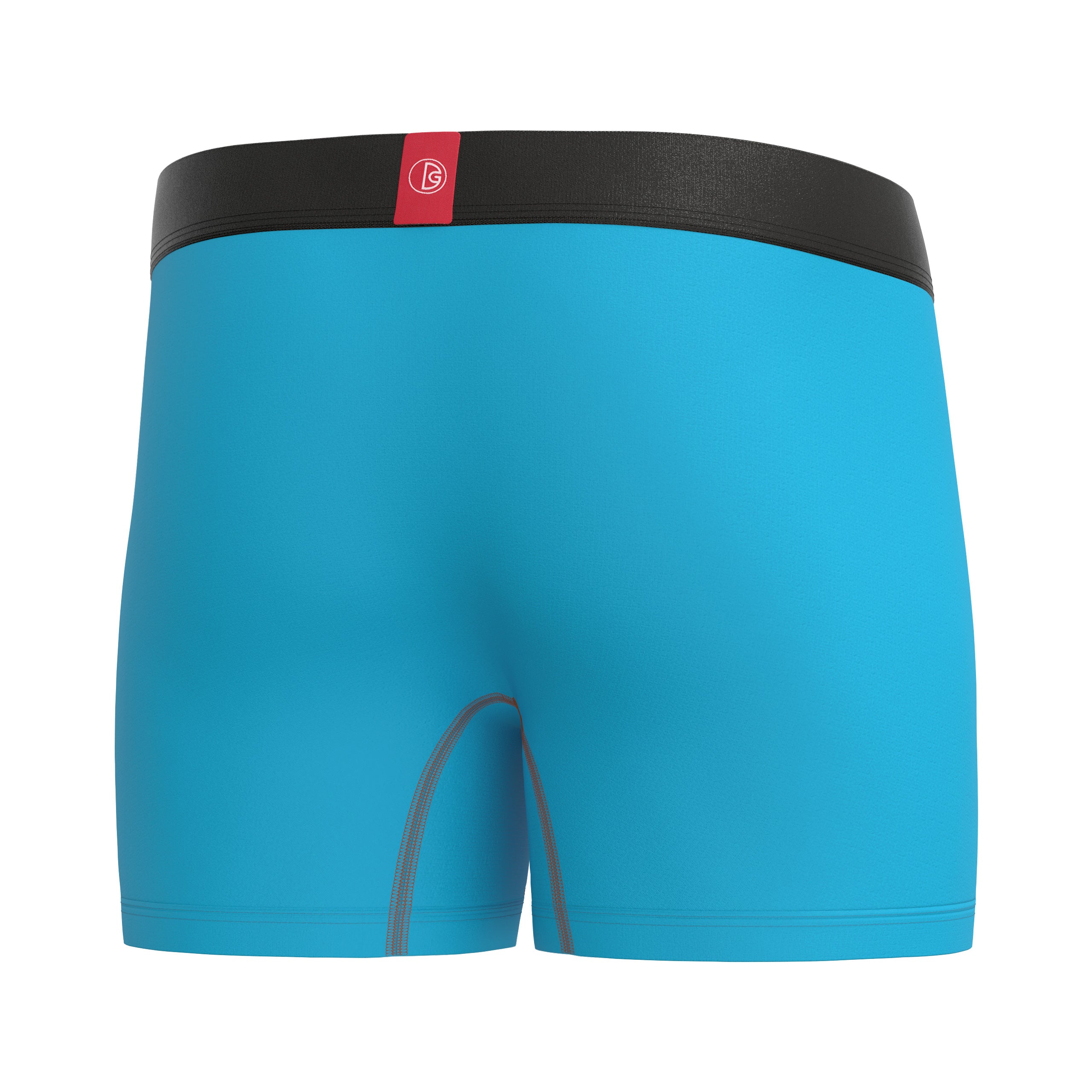
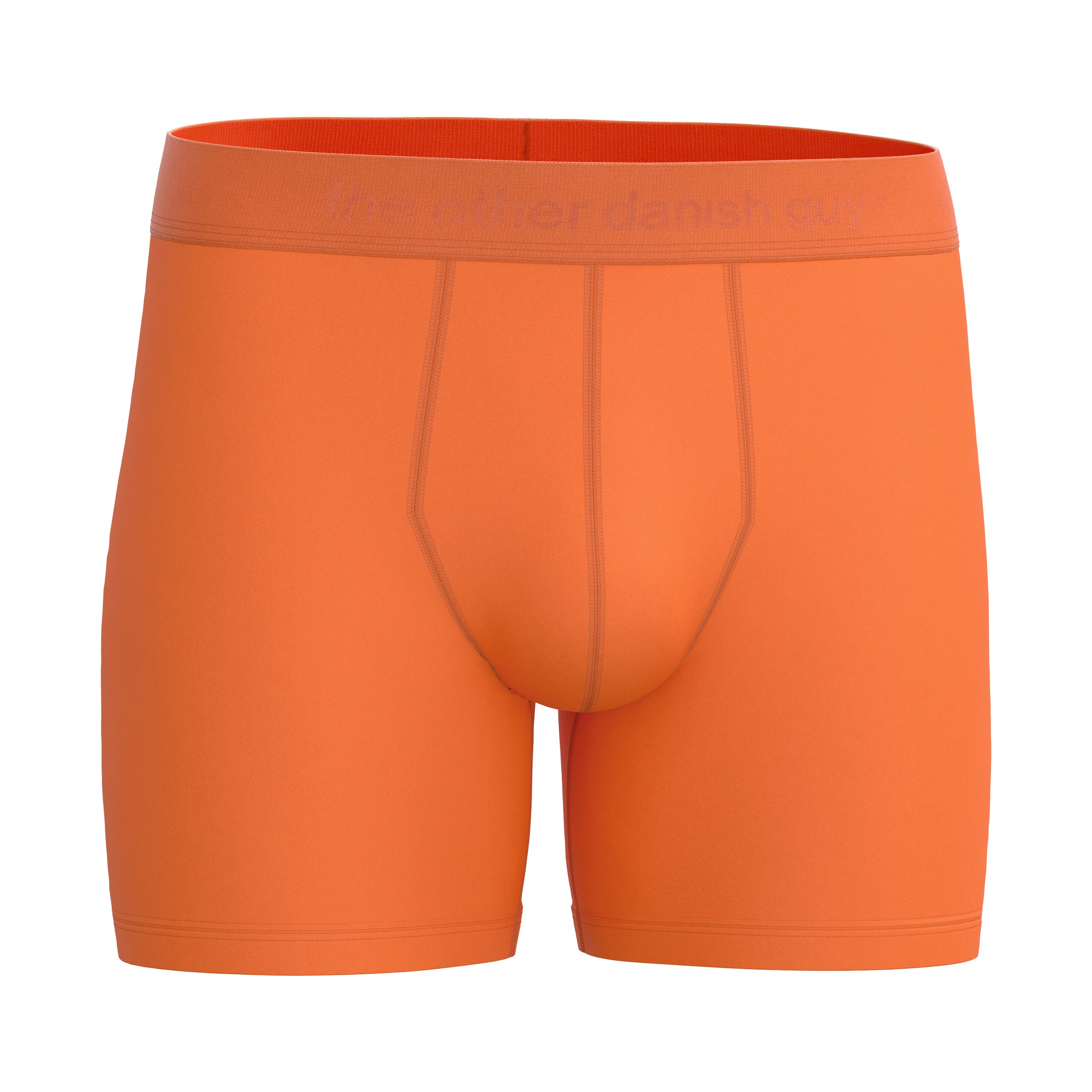
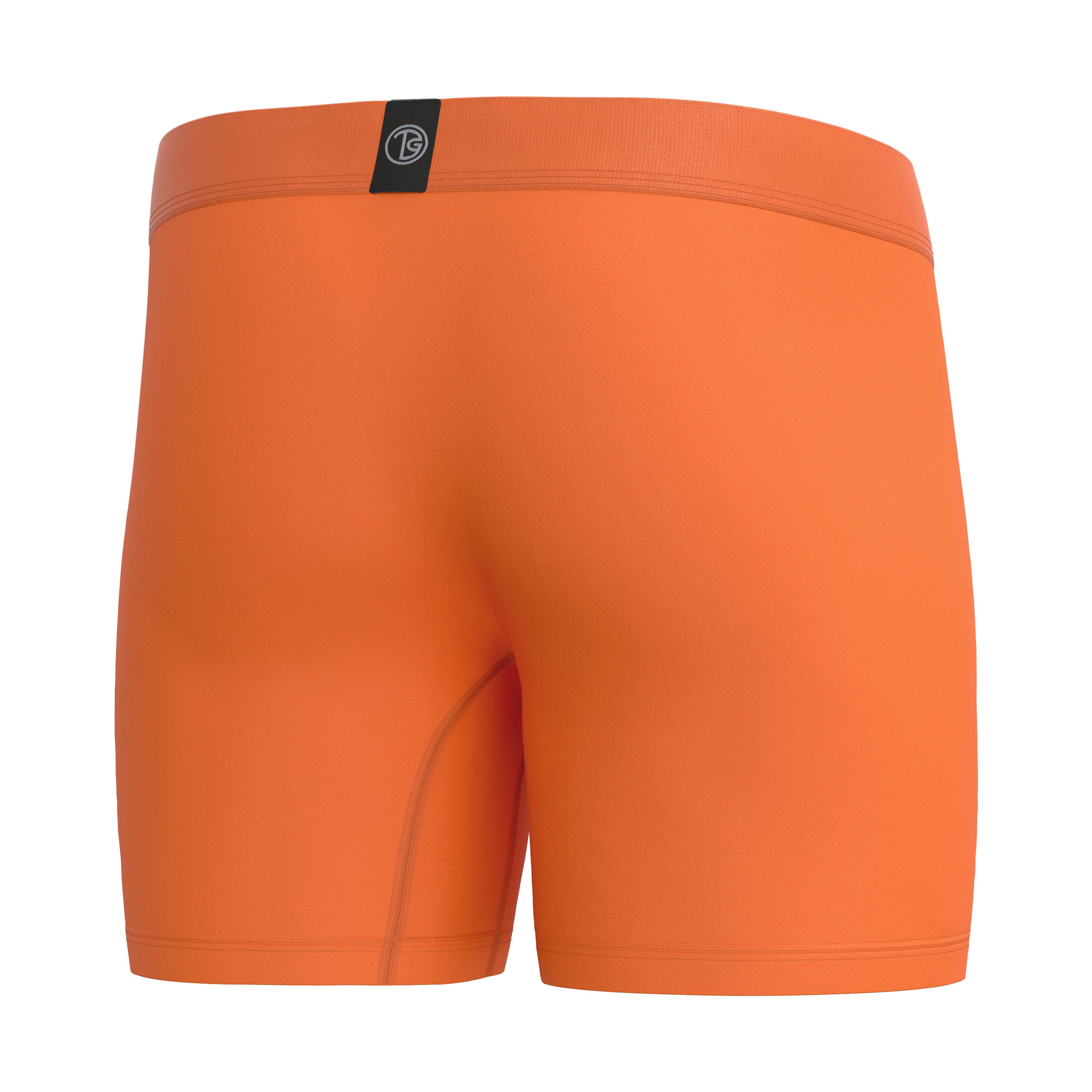
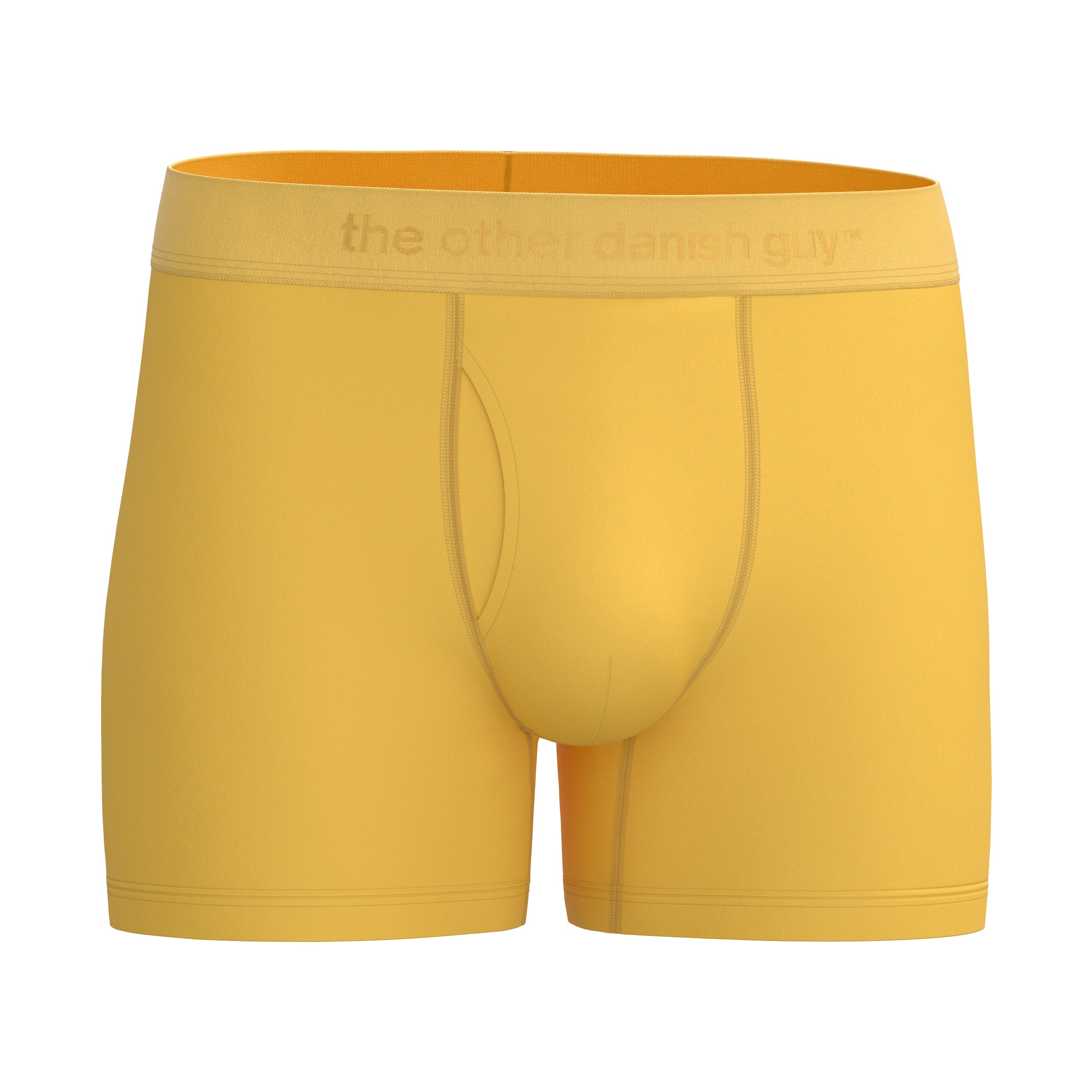
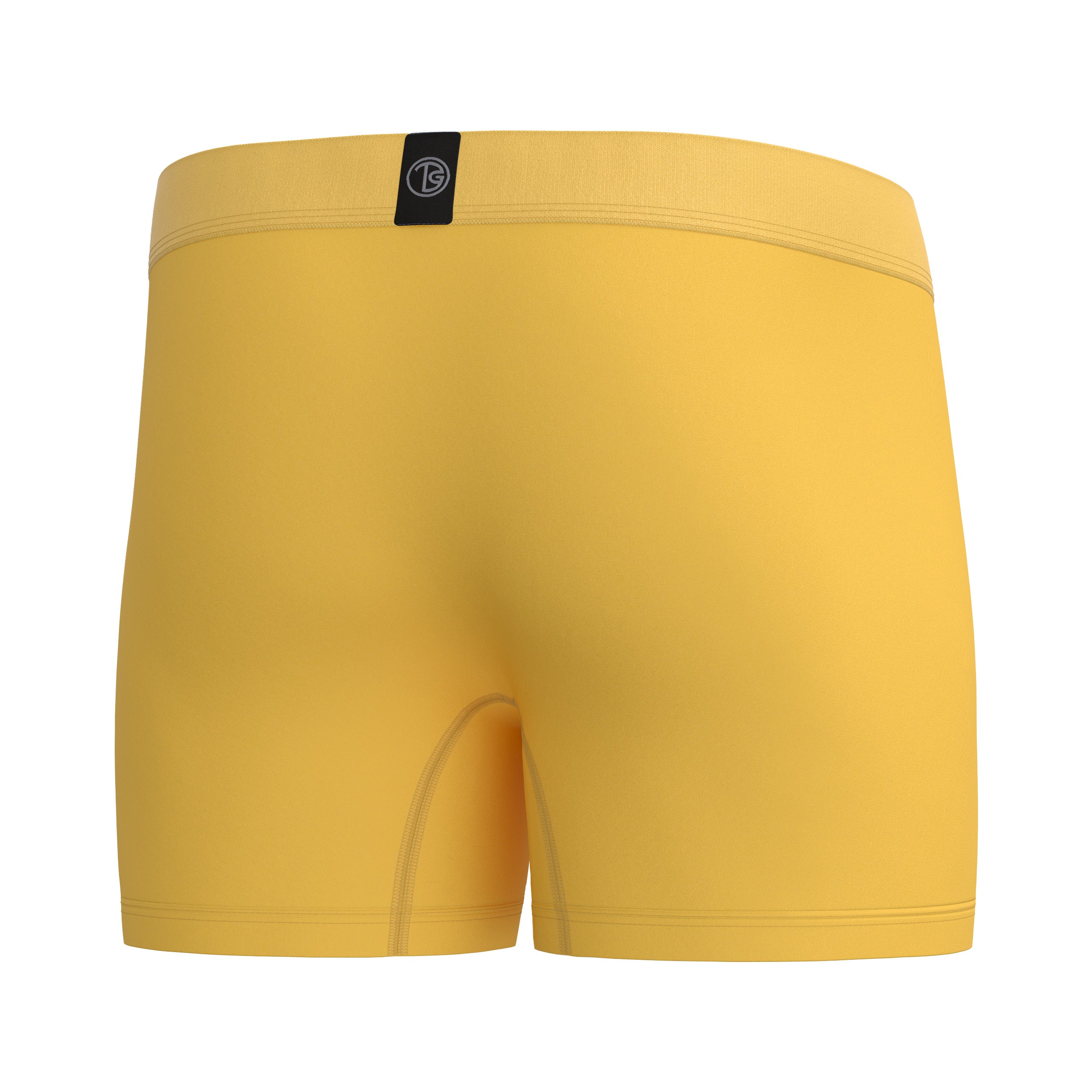
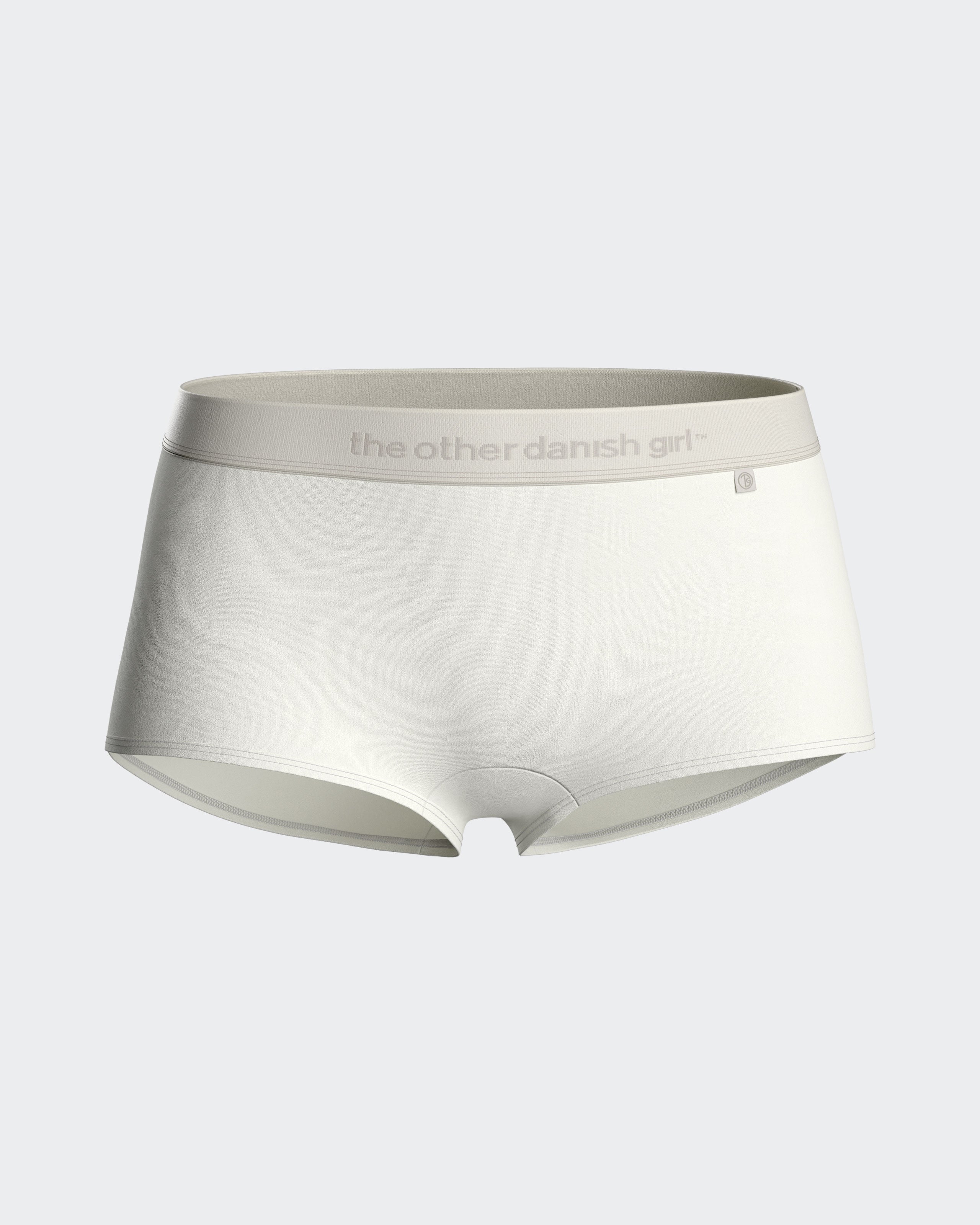
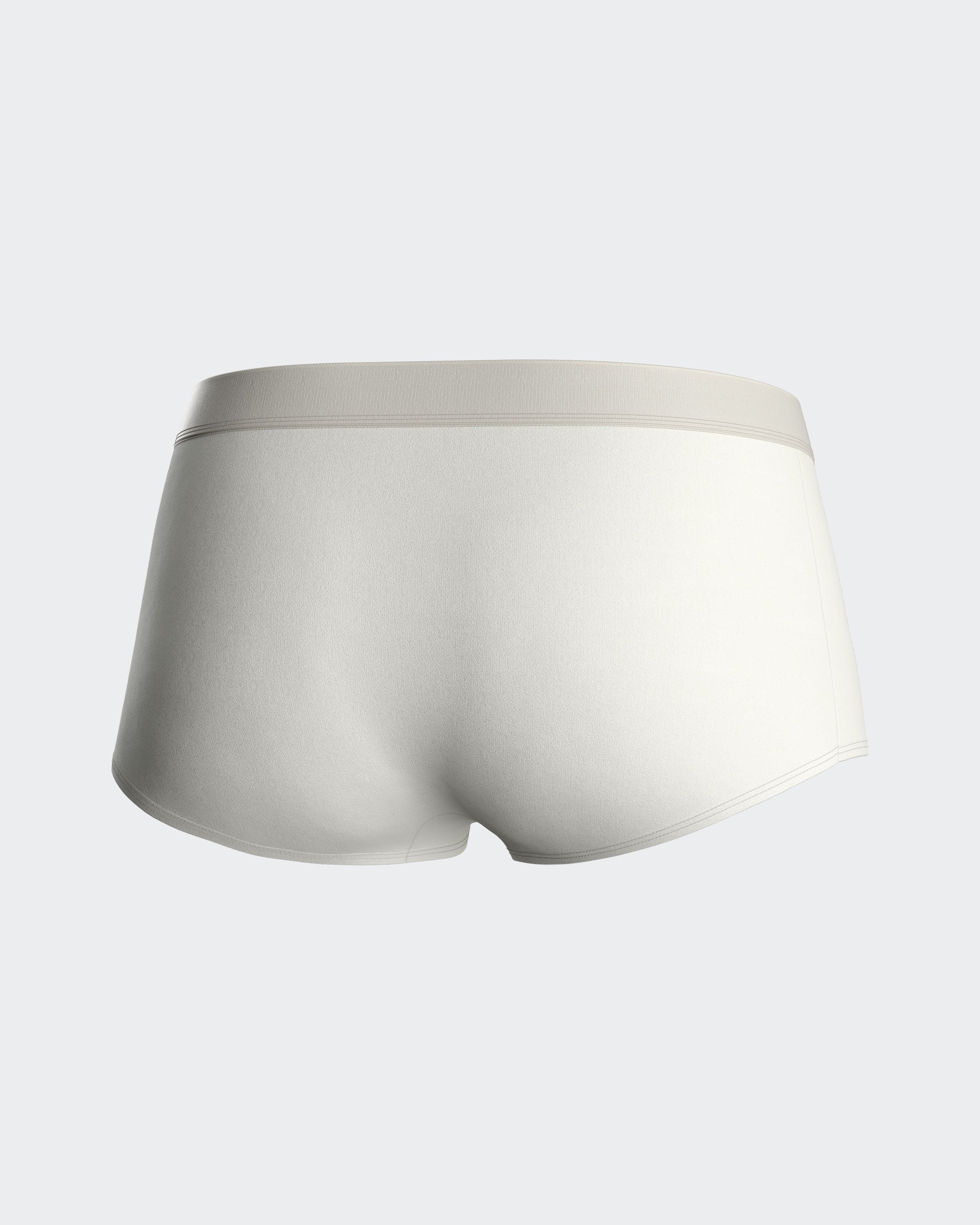
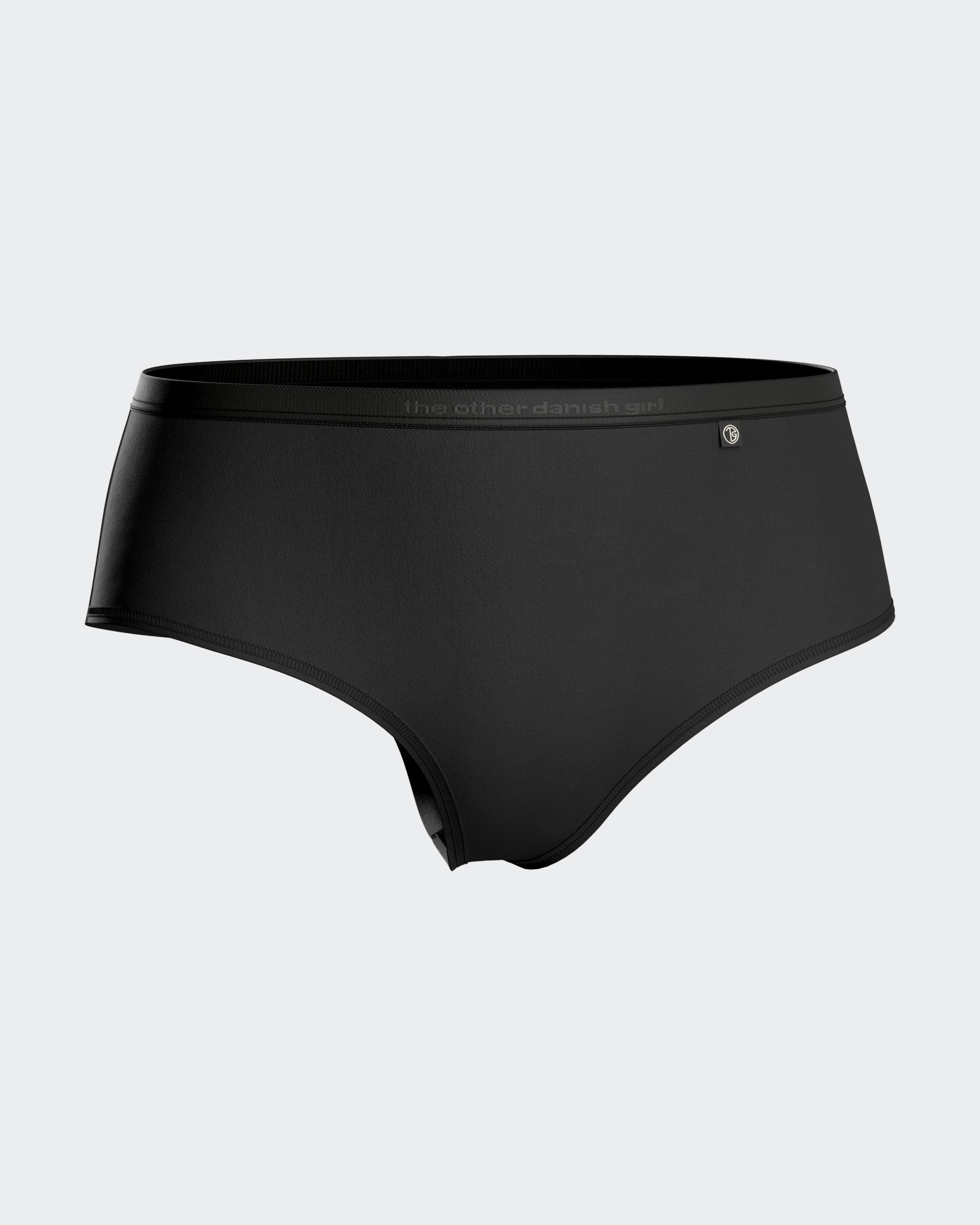
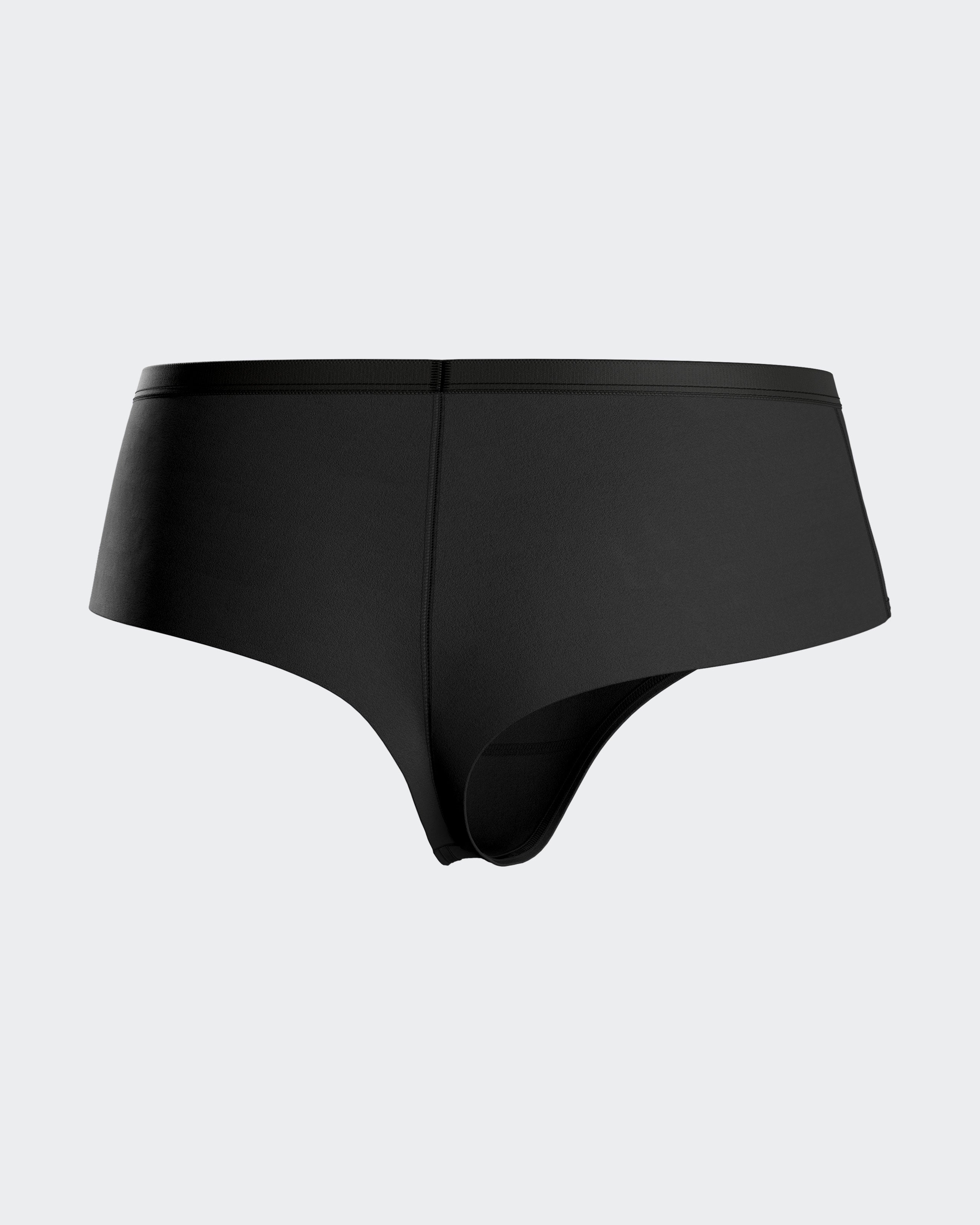
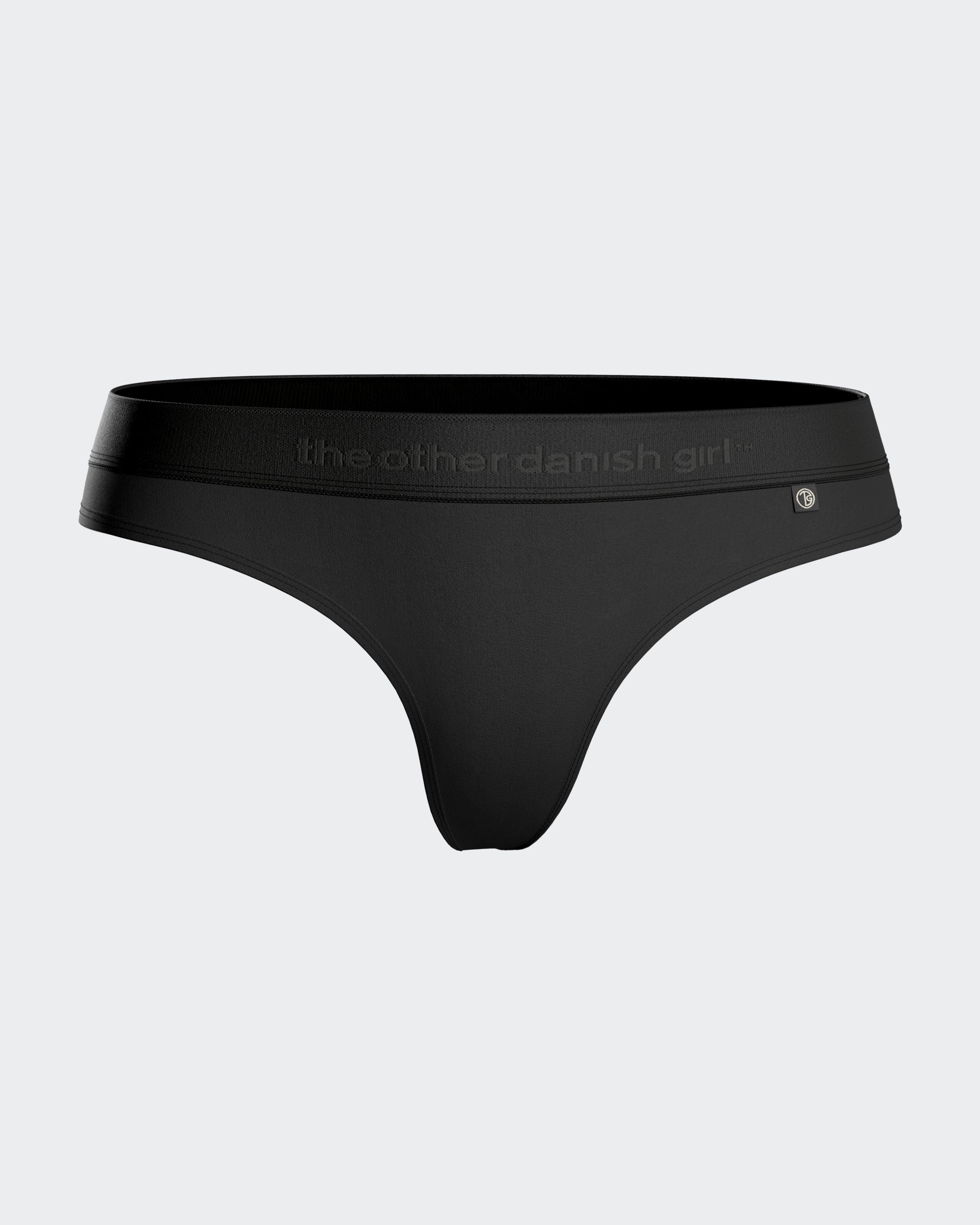
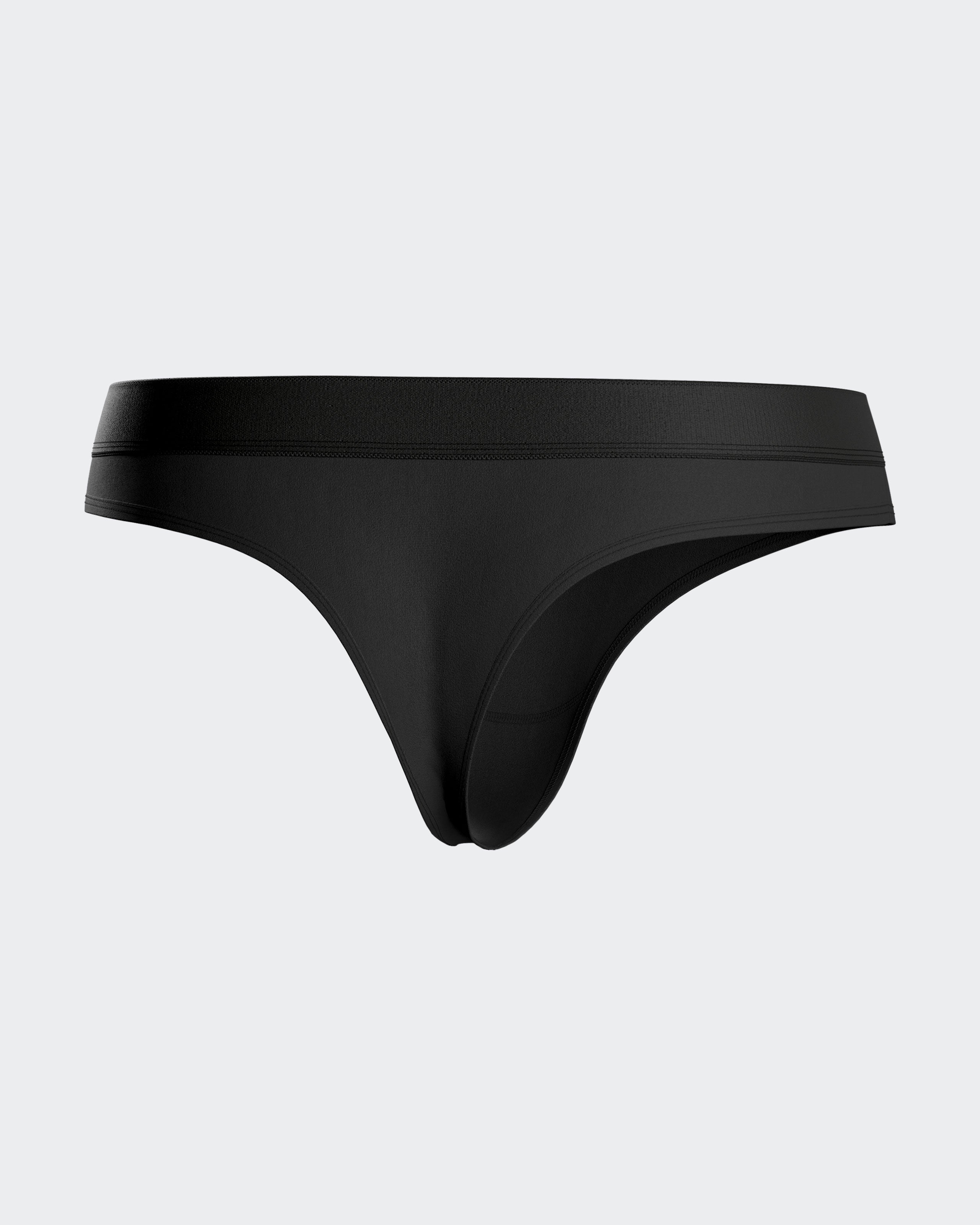
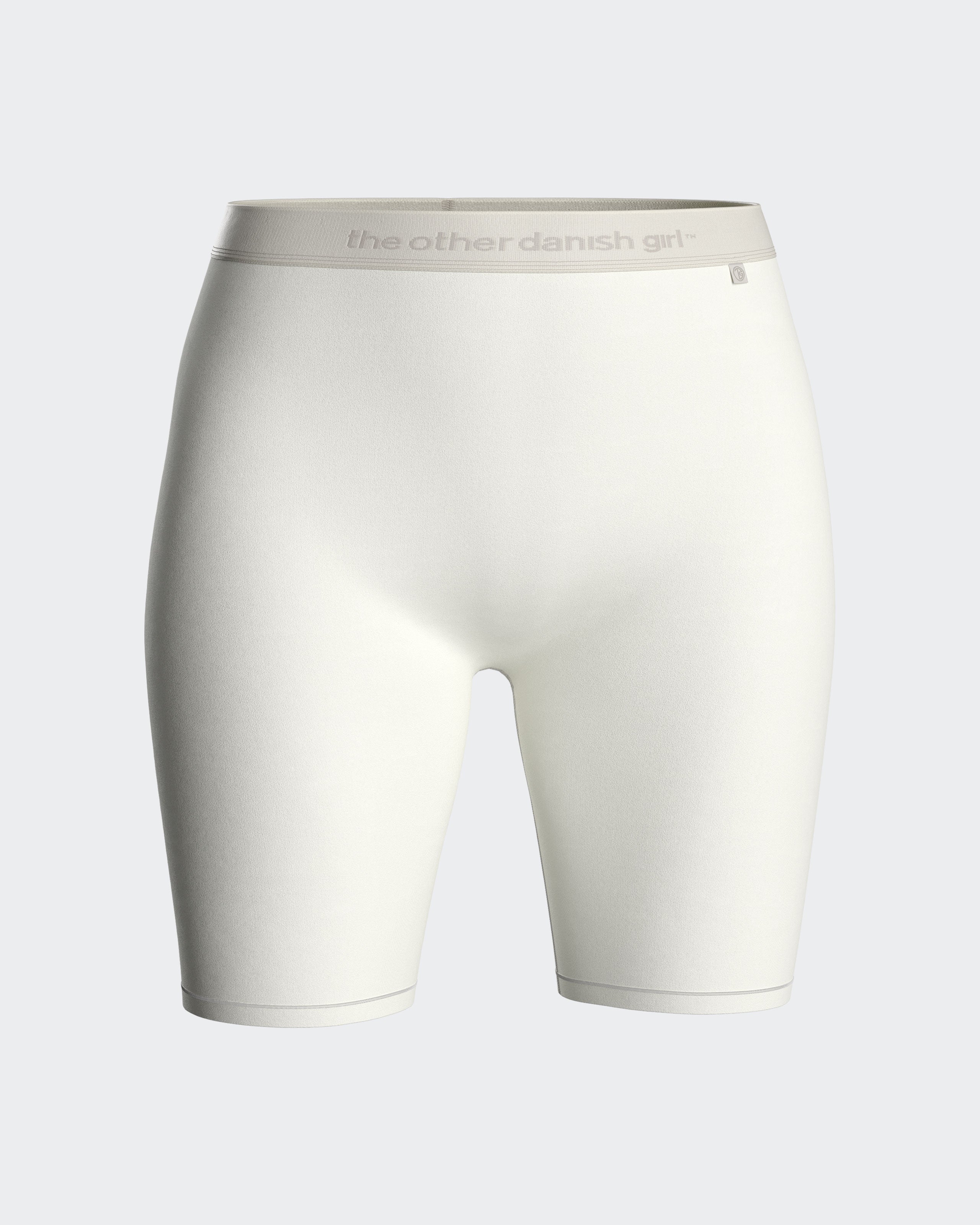
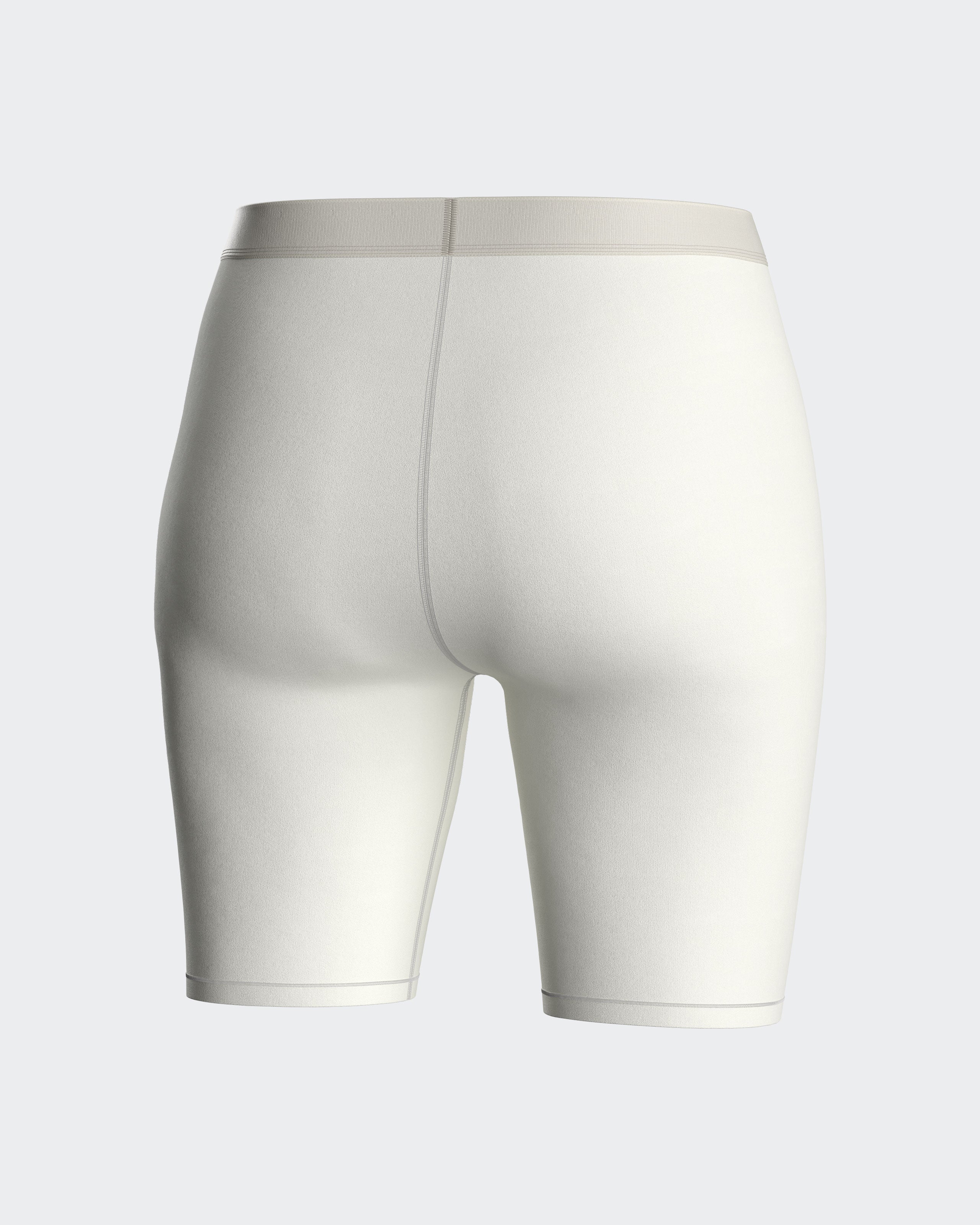
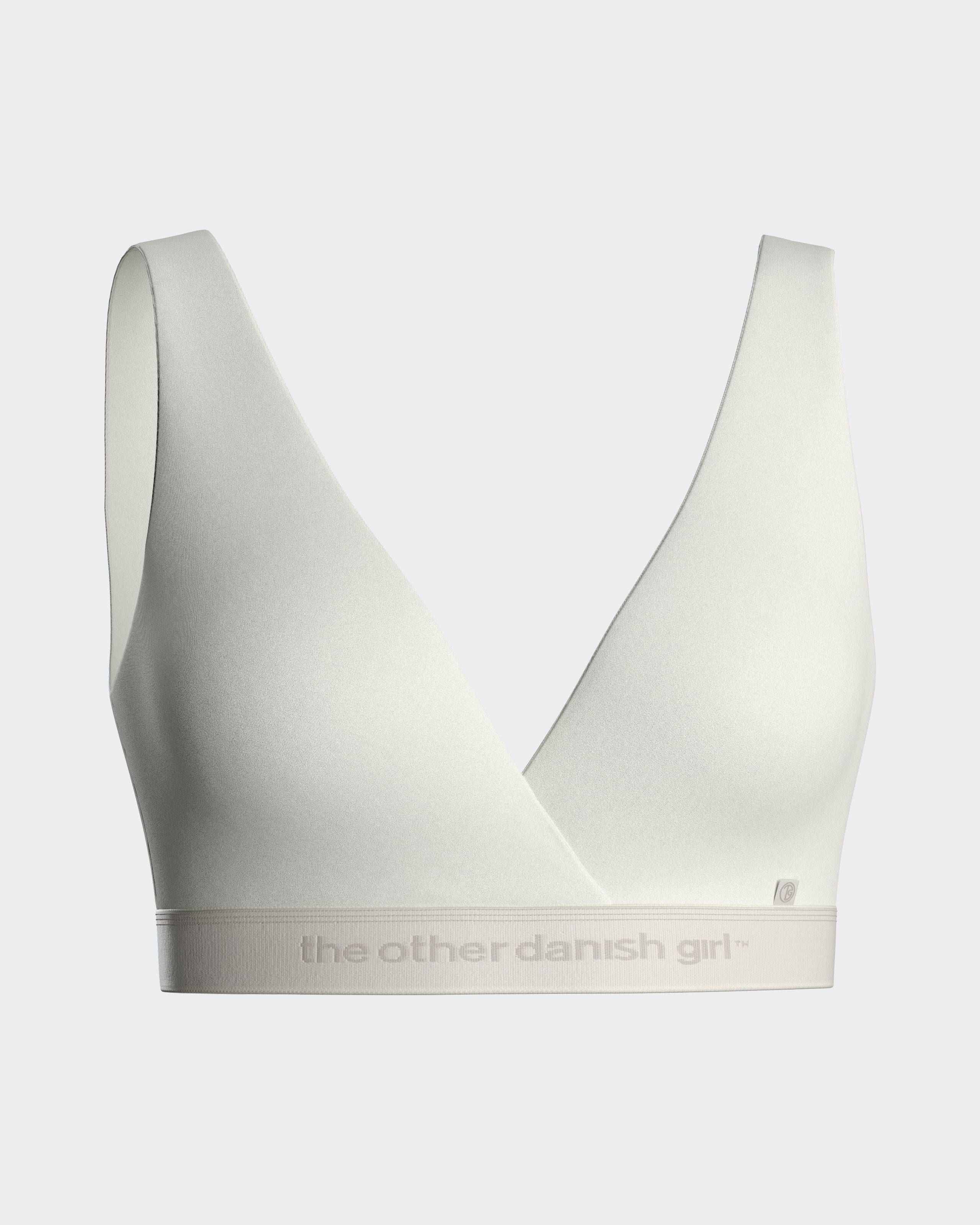
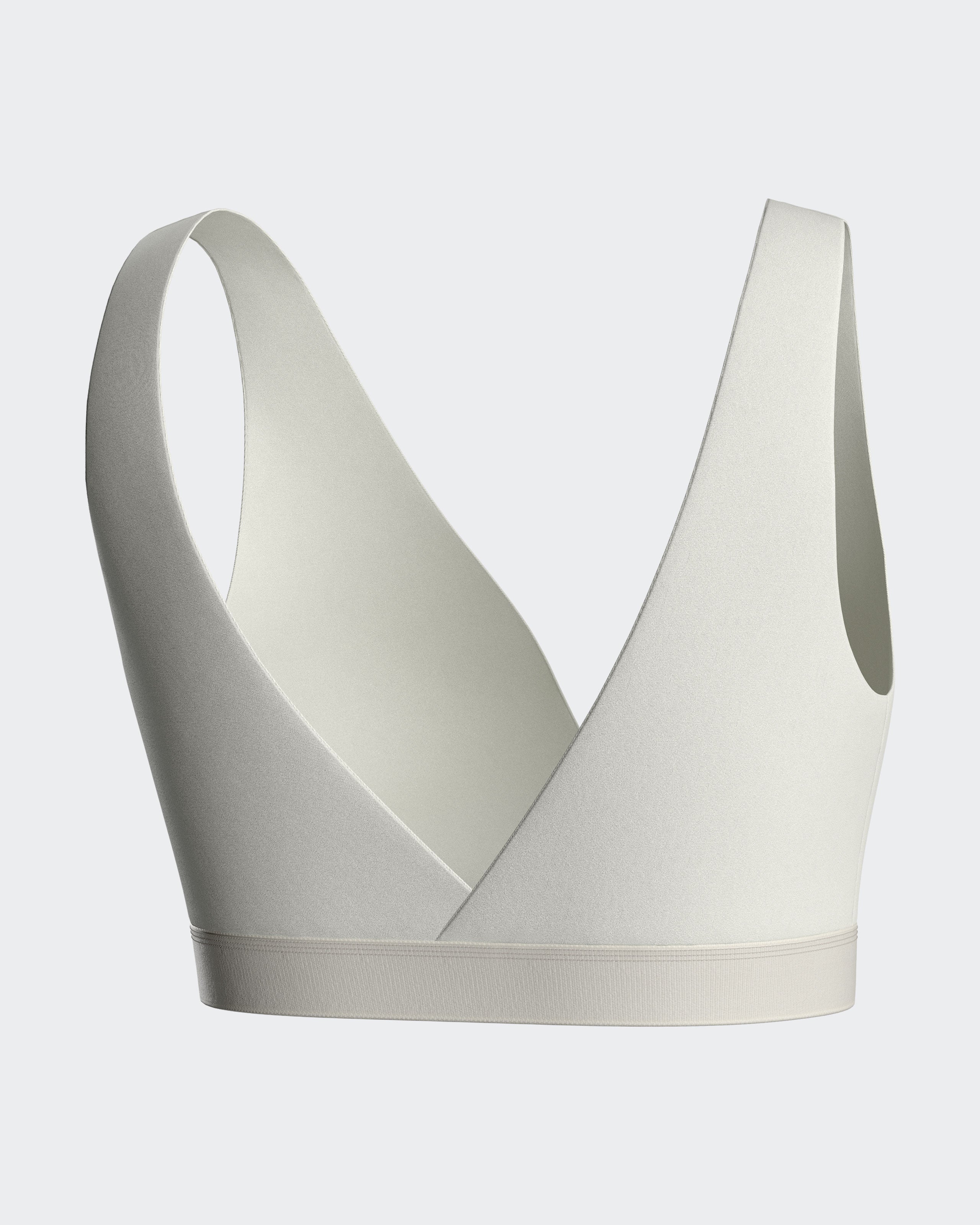
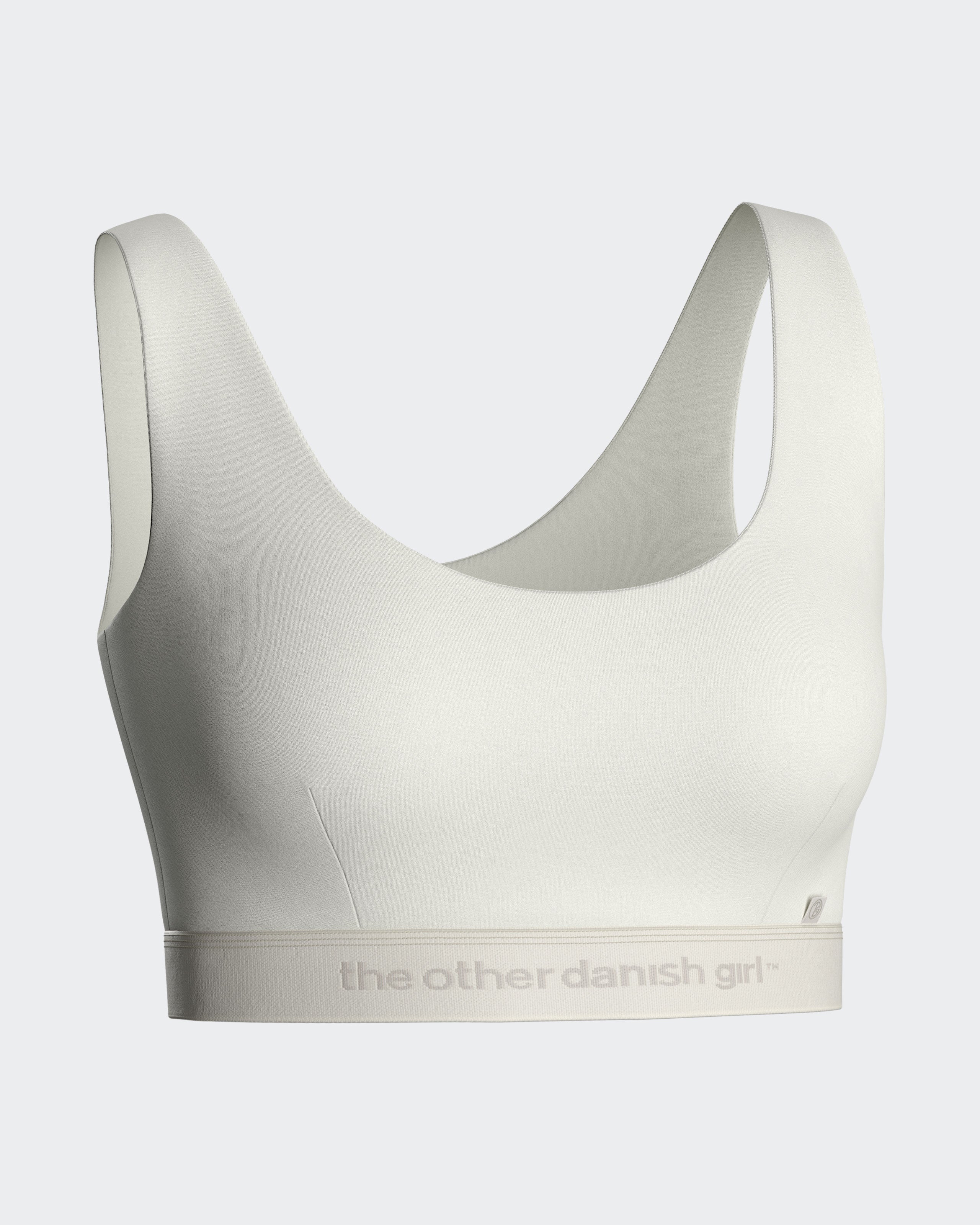
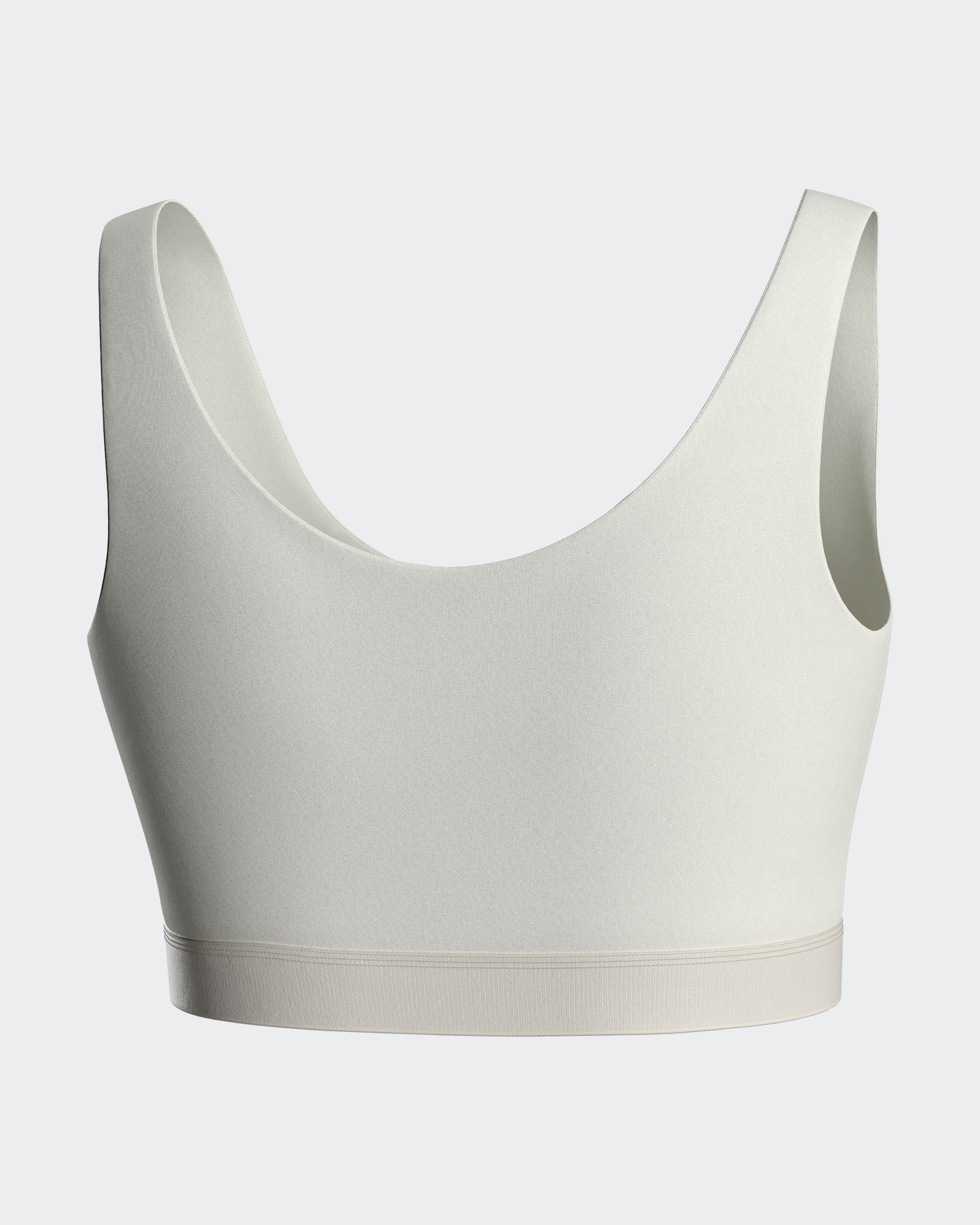
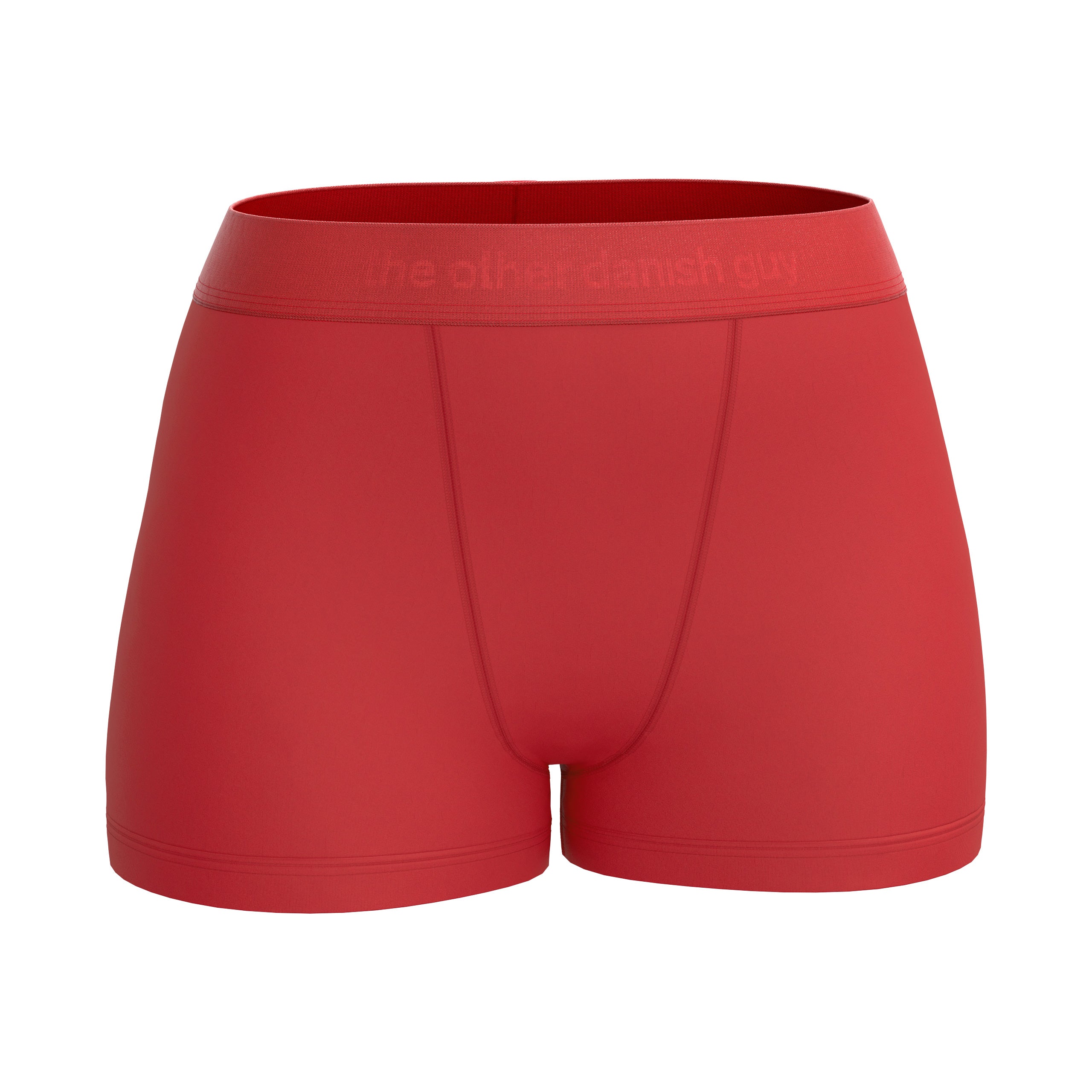
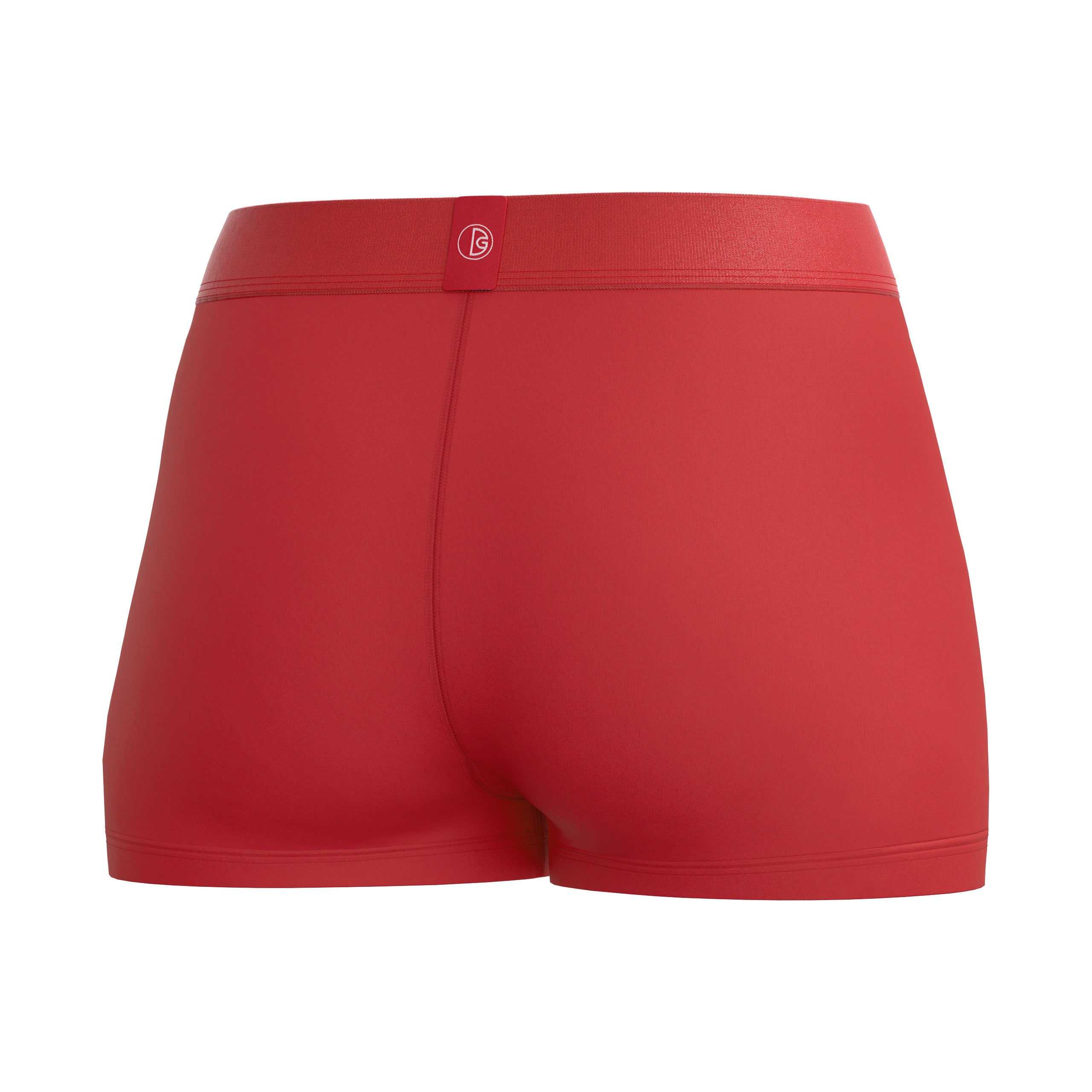
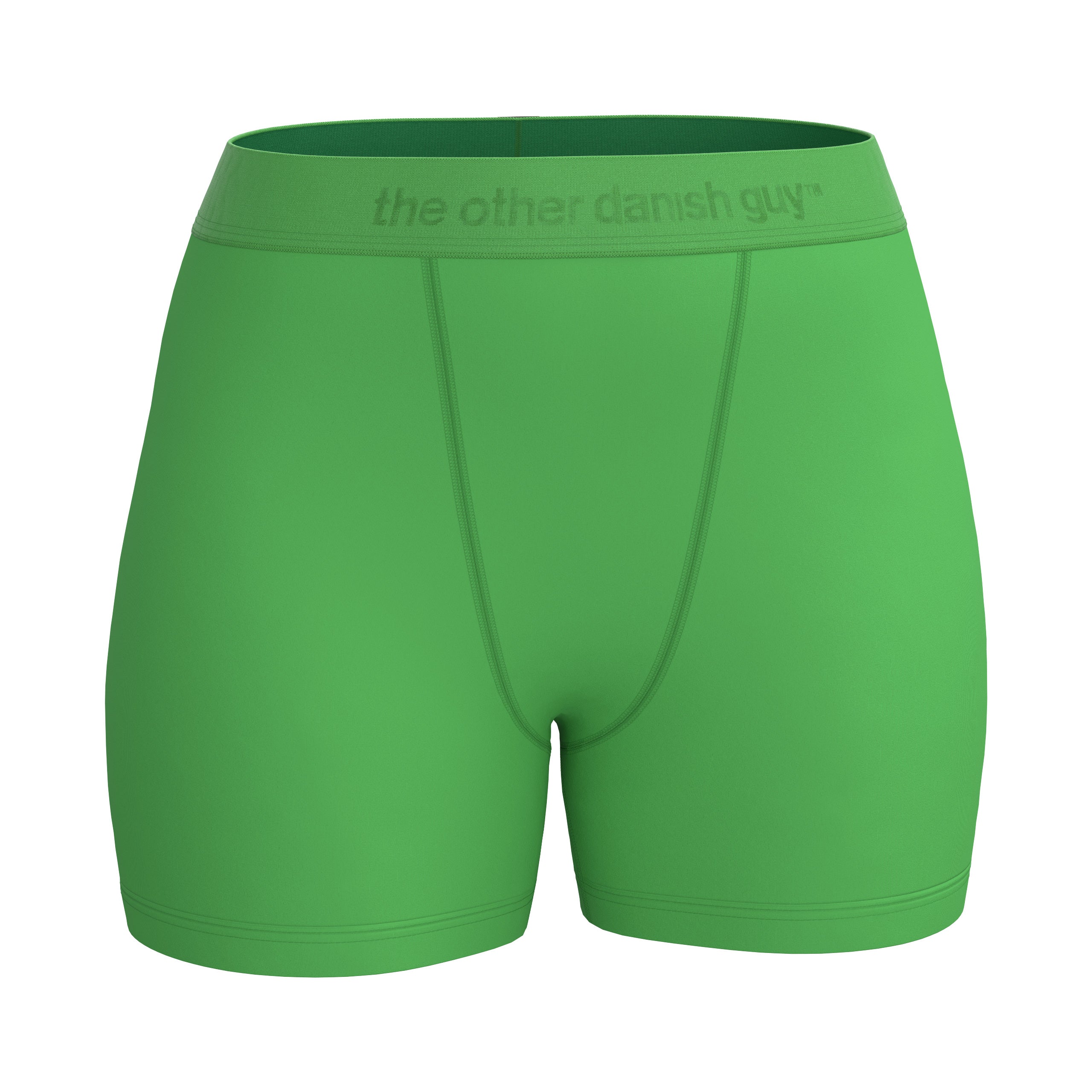
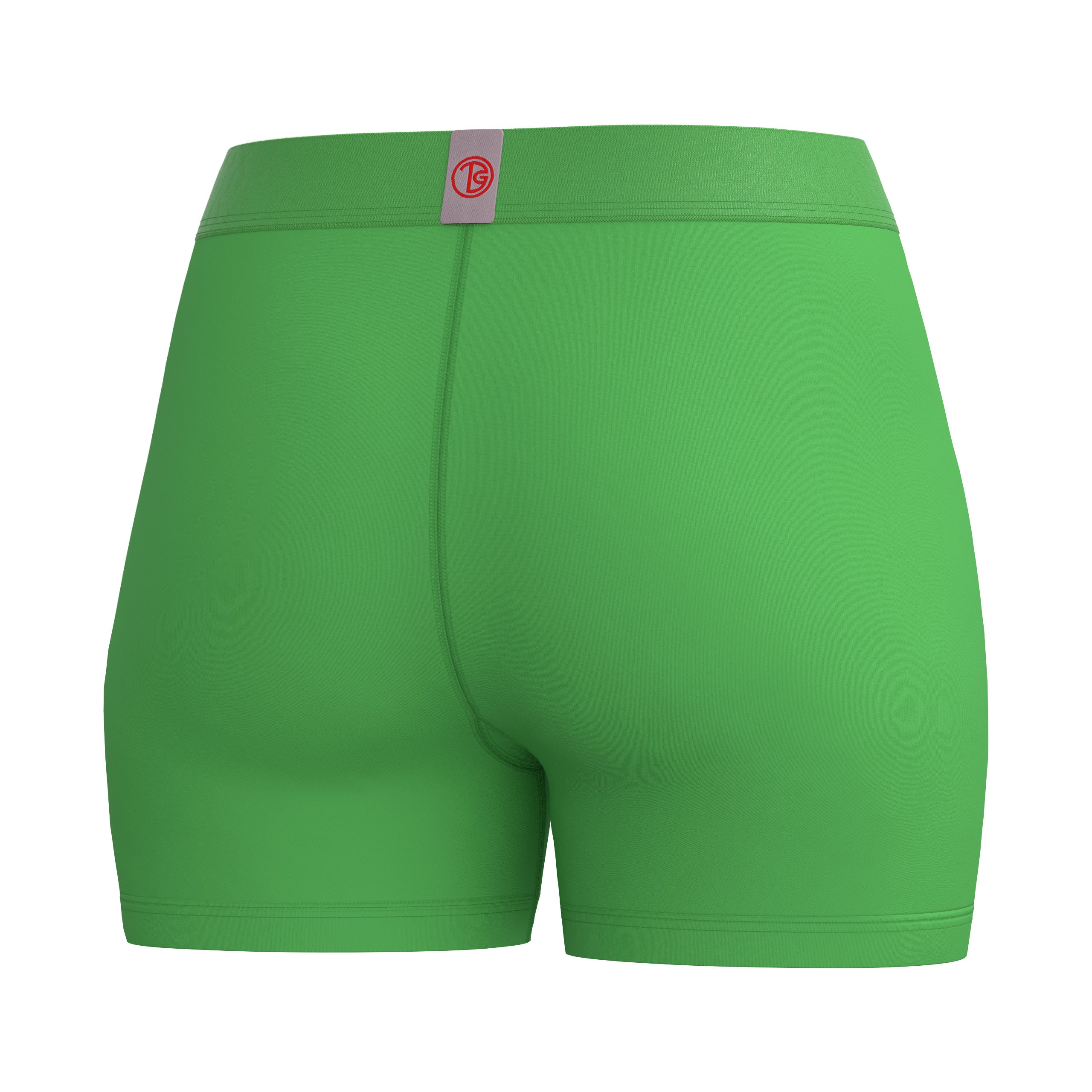
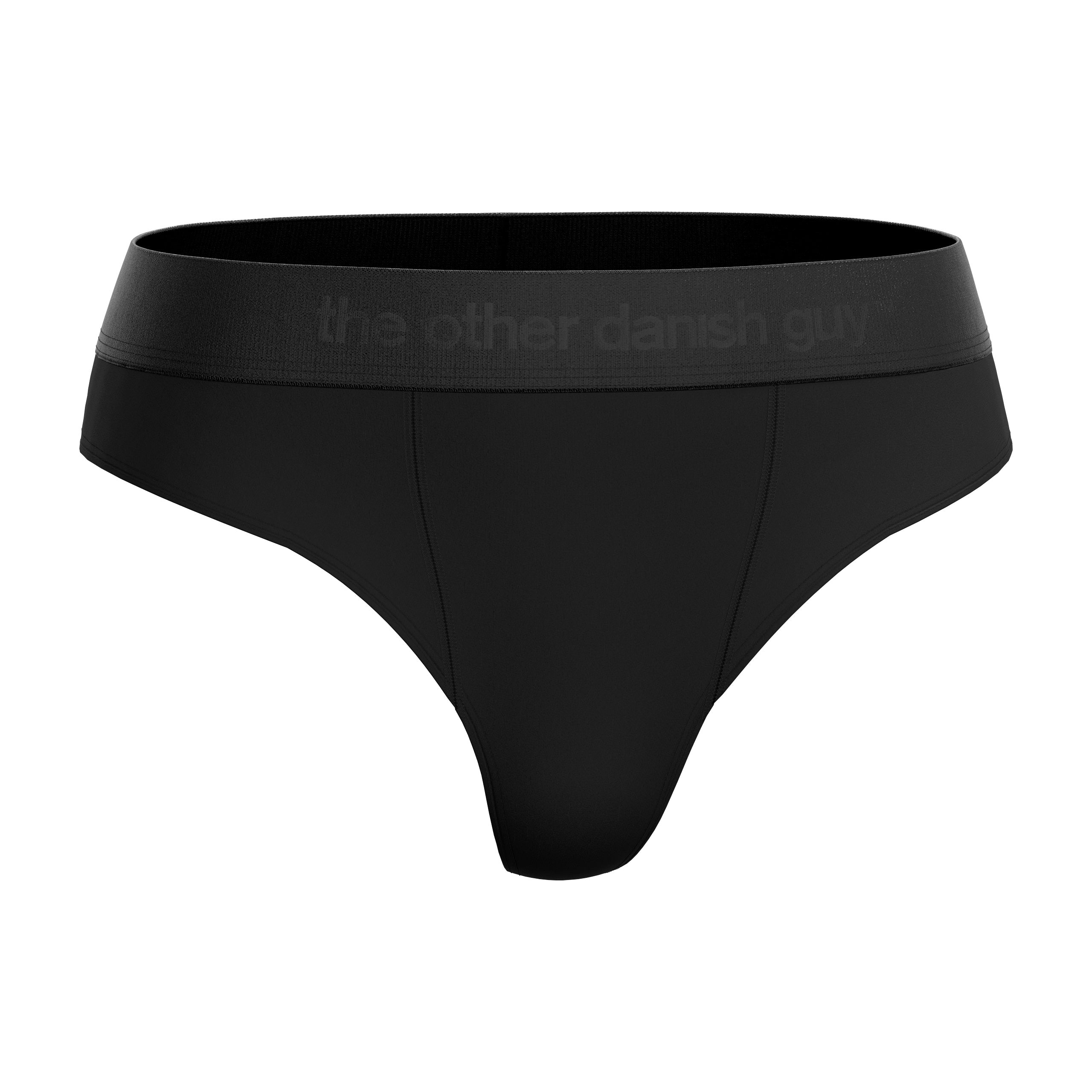
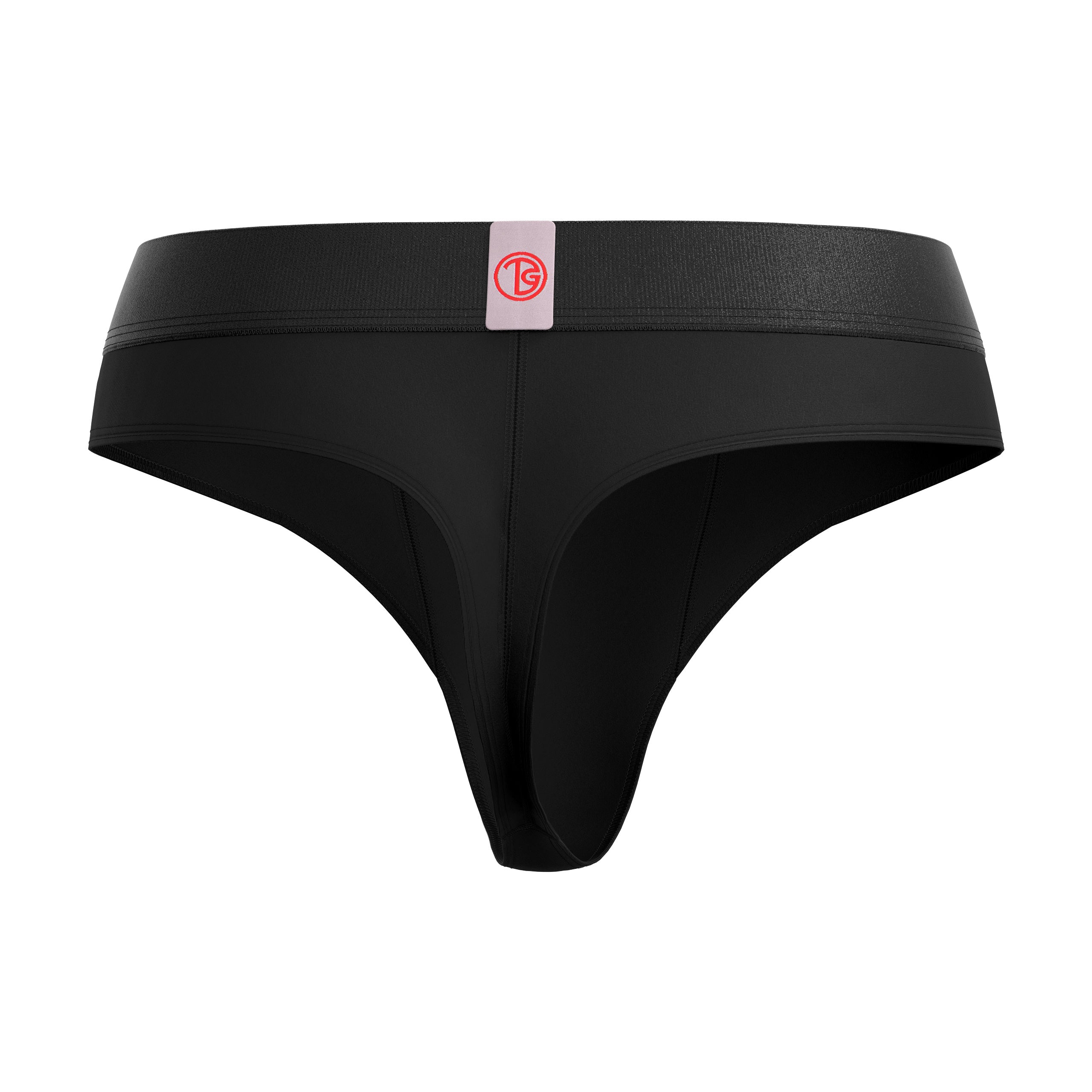
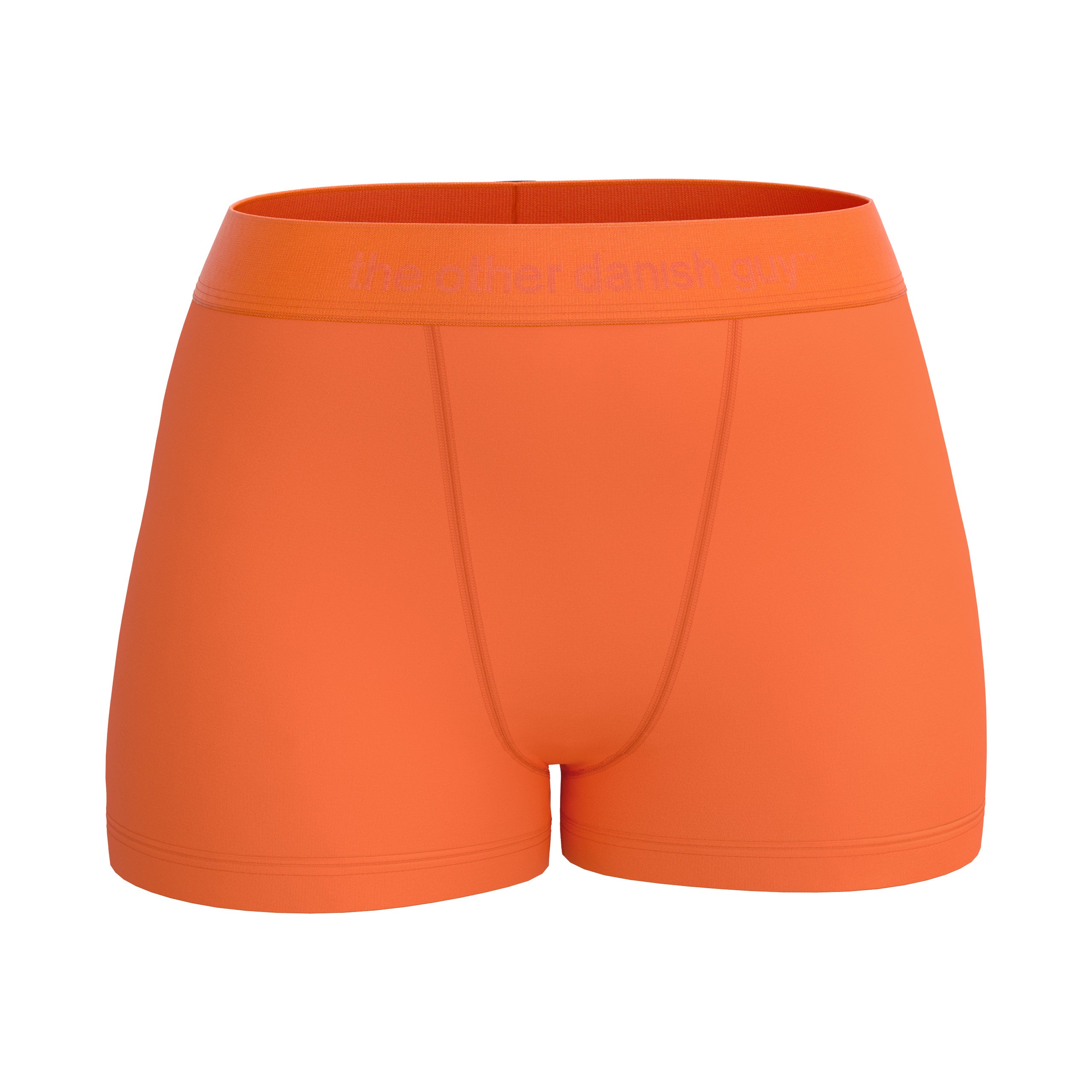
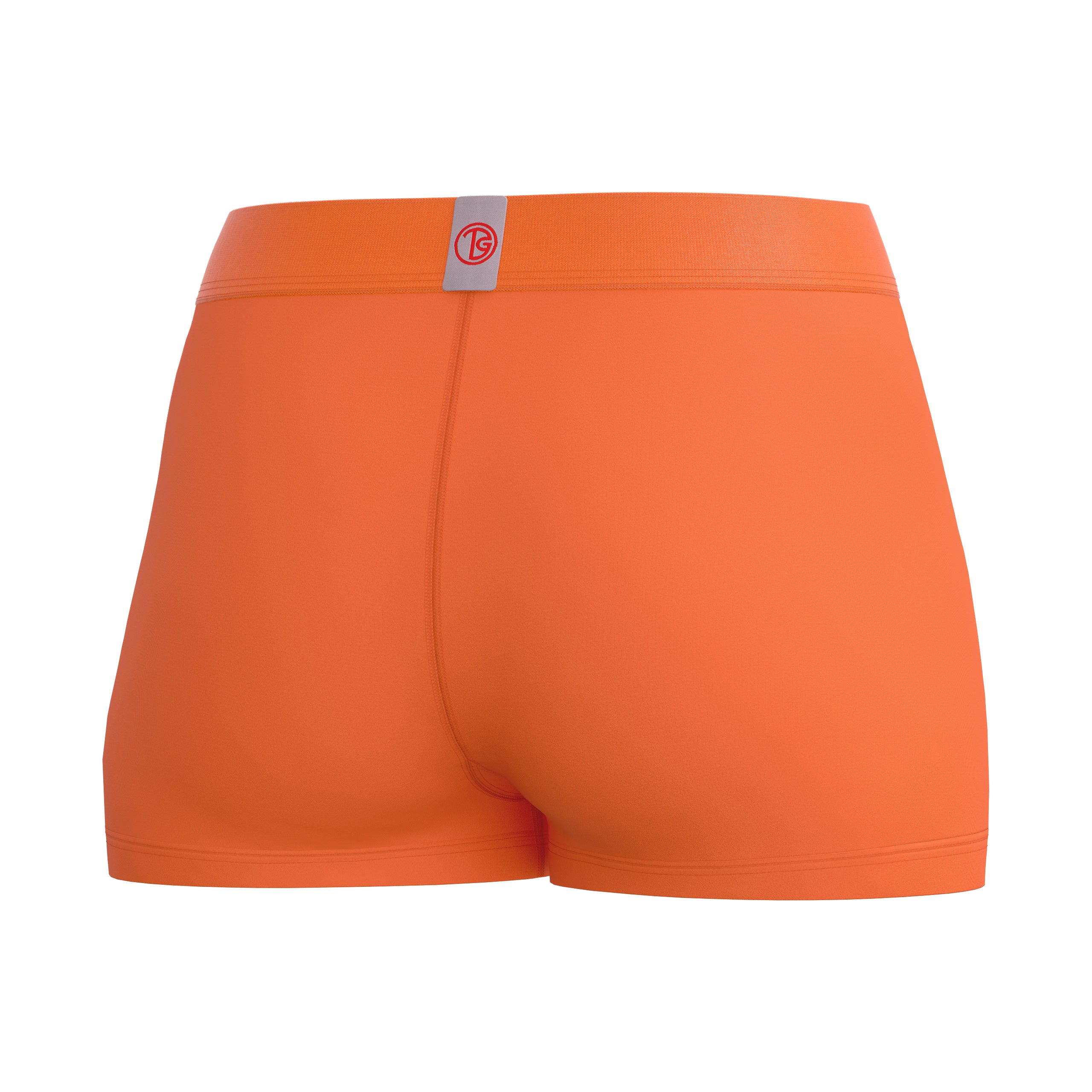
Leave a comment
All comments are moderated before being published.